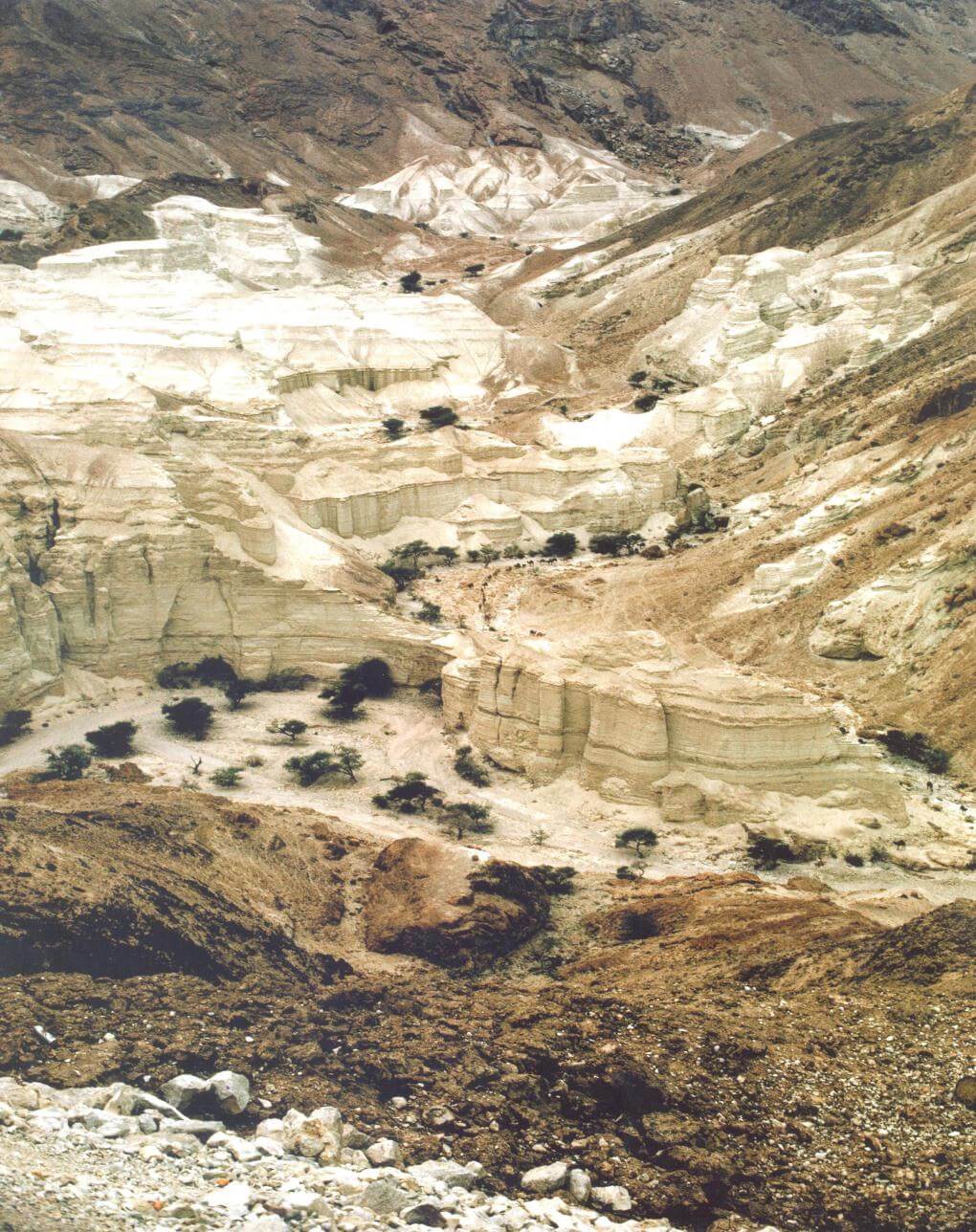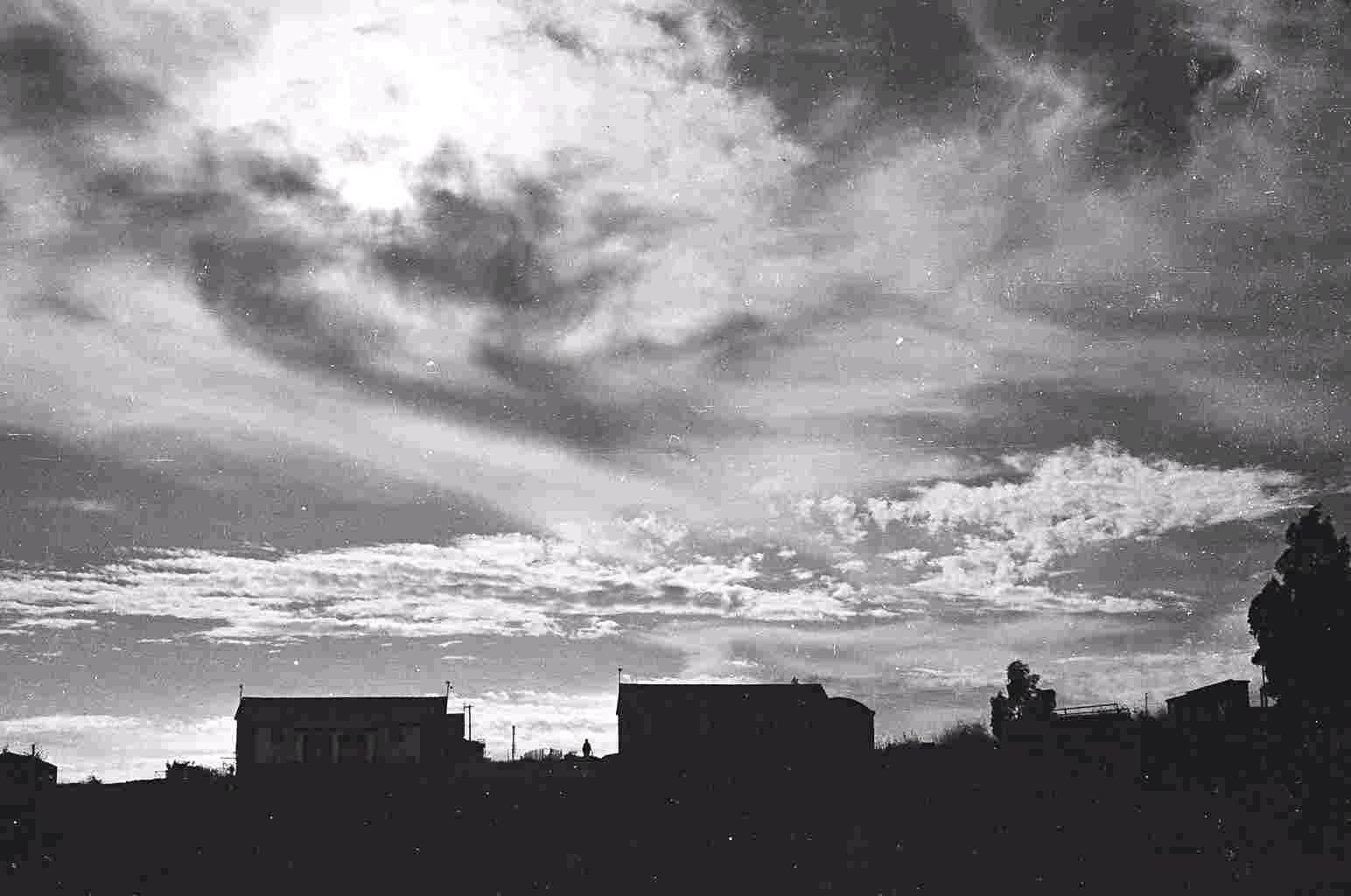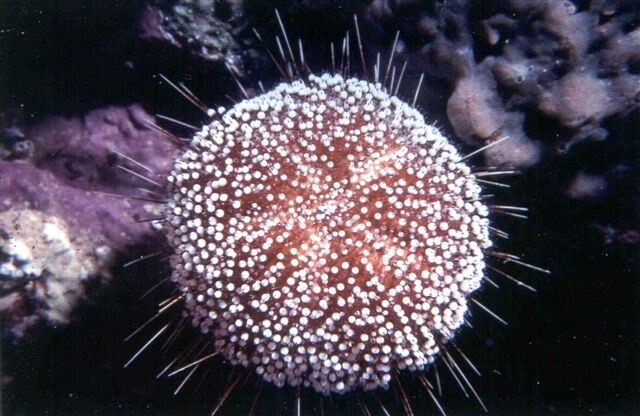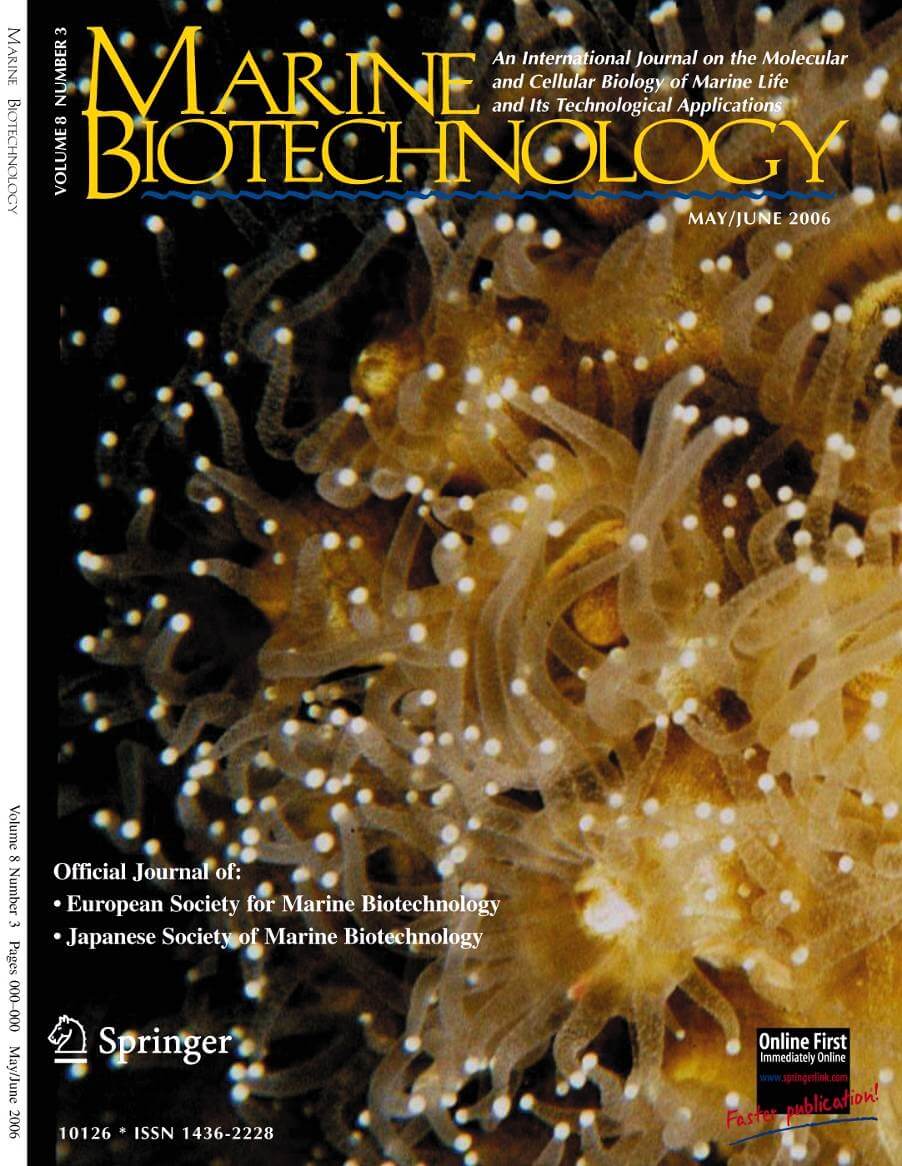The exhibition "Walk in the desert" shows photos from the youth movements' travels in the XNUMXs and XNUMXs and from the same places later

Professor Zvi Dubinsky from the Department of Biology in the Faculty of Life Sciences at Bar-Ilan University will present a photo exhibition under the title: "Follow me in the desert".
The exhibition will be shown in the portico of the Jerusalem Theater (Shrover Street). The opening is expected today (Friday) at noon.
In the exhibition are black and white photographs of the foot journeys of the youth movements, the kibbutz and the Oranim seminary in the fifties and sixties in the Negev and the Judean Desert. These journeys shaped generations of land and nature lovers. Next to them are color photographs of the same landscapes.
Prof. Dubinsky explains: "The descriptions in adventure books, in Bialik's "When He Speaks", in "The Desert Opposite the Yeshimon", where David fled from Saul, and in the wonderful "Little Prince", created for me an imaginary picture full of magic and mystery of the desert. This image gradually materialized in the "Working Youth" trips to Masada, in the Hagdan Camp in Be'er Ora and later in extended tours in the Negev Mountains, Kibbutz Hakok trips and the study camps of the "Oranim" seminary. All these created for me a unique personal experience of forging character while overcoming the burden, the thirst, the heat and the cold. By the way, I developed an intimate affinity for corners and landscapes, for waterholes known only to those who know a secret, for hidden paths and the secret of the existence and beauty of plants and animals, which face the conditions of the desert and are capable of it."
"I was also amazed by the dew, sunrises and sunsets and I really appreciated the Bedouins who live in the desert and their masters. All of these were initially filmed on black-and-white films and later as slides. These photographs preserve for me the experience of "following you in the desert" and "the grace of your youth, your love in all of you", our distant and innocent youth and also perhaps the youth of the State of Israel which was different, a little different and still in love with the terrible simplicity and majesty of the desert..."
"I was born in Barcelona, Spain, 1934. Although I was born in Spain, Spanish was not my mother tongue. The handful of Jews who lived in Barcelona during those years preferred not to send their children to the state schools which in those days, the days of Franco, were extremely Catholic. We studied at the school for the children of the Swiss Embassy, where the language of instruction was German and Spanish and French were taught as foreign languages, while the spoken language at home was Russian. During the civil war, when the fascist siege tightened and went around Barcelona, there was a certain feeling among the population that the Soviet Union would intervene to save the republic, and thousands signed up to learn Russian with my parents, who even wrote a book to learn Russian for Spanish speakers, and sent the first copy, in a red leather cover, to Stalin."

"We immigrated to Israel in 1944 and settled in Ramat Gan. I studied at an elementary school in the Borochov neighborhood where I joined with most of my classmates in "Near HaOved" and later in "Ehal Shem" high school in Ramat Gan."
"I got my first Kodak Brownie C camera for a Bar Mitzvah and I've been taking pictures ever since. I clearly remember myself photographing in the moonlight the Hermon as it was first revealed to my eyes on the journey to Tel Hai. I went through a Robot (American camera 24 x 24mm), a Kodak Retina C Zeiss Contax and my first Reflex was a Pentacon. In 1965 I purchased the Nikon F, and later the Nikon Photomic. Until recently I photographed on slides, with a Nikon 4 - however I also moved to the digital world."
In my many years in the movement (the working youth in the Borochov neighborhood) and the kibbutz (Khakok, in the Lower Galilee) I documented the movement's existence, the seminars, the labor camps, the desert journeys, the landscapes, and the Israeli existence of those days, all in black and white, in thousands of photographs. In the kibbutz I had a darkroom and I took a lot of photography in nature while I was working as a cattle herder. I published photographs in "Ba Ma'ale", "In the Kibbutz", "Mabbin" and nude photographs in the 1968 Israel Yearbook for the Art of Photography.
At that time I presented two exhibitions in the kibbutz that included portraits, photographs from the branches of the economy, photographs of children, nudity and nature. From the kibbutz I was sent to study at the Kibbutz Oranim seminary, where I focused on natural science studies and traveled extensively in Israel and photographed the Negev landscapes. During my studies I met Mia, my wife. In the kibbutz as was customary in those days, I taught all the subjects and was an educator in the first grade of the school in the kibbutz from grades XNUMX to XNUMX. After that we were sent to London as a mission in the pioneering youth movement "Dror". During the years in Europe, I photographed the landscapes of England, Scandinavia and France, moving to photographing slides. Upon our return to Israel, I enrolled in biology studies at Bar Ilan University.
In 1968 we moved from the kibbutz to the Oranim seminary, where I was invited to teach plant science and ecology and I also started teaching at Bar Ilan in ecology courses that I initiated. Since the Six Day War I have been captivated by the expanses of Sinai and lived in the coral reefs on its shores, and I went there on every occasion as part of my students' tours and on vacations with my wife, when I photograph the desert, the high mountain and, after a diving course, also the sea and its wonders.
At that time I was involved with my friends Dr. Arnon Shimshoni Shlomo Miron and Ralph Younes in creating and shooting nature films for the educational television. The films dealt with life in the tidal zone, coral biology, mangrove life and the adaptations of various creatures to life in the desert sands. The film that dealt with life at sea even represented Israel at the science film festival in Tokyo and won a prize. Japanese Emperor Hirohito, who was a marine biologist, ordered a copy of the film.
At that point I had to choose between working in cinema and a career in science which demanded all my time - and since then I have not been involved in films anymore.

The studies of marine biology undoubtedly influenced the subjects of my work in photography. I studied at Bar Ilan for my master's and doctorate degrees focusing and specializing in marine biology. I took a diving course and took underwater photographs, nine of which were even published as covers of scientific journals and presented at international conferences. The practice of science led me to see beauty and order in the smallest details, as this is expressed in close-up photographs of flora and fauna, their textures and the play of light on them. After completing my studies and post-doctorate in the United States, I was invited to join the Bar Ilan University faculty where I taught in the fields of ecology and marine biology, and quickly became a full professor. I published about one hundred and eighty articles in professional journals and as usual I participated in scientific conferences around the world. Since my retirement as professor emeritus, I continue researching and guiding my graduate students and teaching in the subjects of marine biology, with an emphasis (close to photography...) on the behavior of light at different depths and its effect on algae and corals, as well as on a variety of topics related to human ecology.
"My scientific activity brought me to the magic of landscapes on Earth when the camera always hunted my experiences. I went as far as the white death world of Antarctica, the active volcanoes of Hawaii and Sicily and the coral reefs of Palau in Micronesia, in Mexico, in Puerto Rico, in Hawaii, in Bermuda, in Australia and again and again, in the most beautiful of them, in Sinai. The research cruises to Antarctica, Eritrea and the Seychelles all enriched my world but also my growing collection of photographs..."

"Three sabbaticals in Japan greatly influenced my aesthetic vision and photographic style. Although I photographed Japan, its temples and its inhabitants - but I saw the landscape changed and became extremely economical in the use of color, focusing on details and the calm that takes over many of the photos from Japan and those that came after them.
In 2004, I presented a photography exhibition "Premier: Photographs and Transition" at Bar-Ilan University on the occasion of my retirement, the exhibition was also presented in honor of the inauguration of the Music Institute and the University's Trustees' Conference. That same year I published a portfolio in "Contact". In 2005 I presented solo exhibitions "...Between the Light and the Darkness" at the Abba Khushi House in Haifa, and in 2007 "And Darkness over the Abyss... And Let There Be Light" at the Jerusalem Theater, "Zahrahorim" in 2008 at the Israeli Opera Tel Aviv, in 2008 "SUPRA_NATURE" At Beit Yigal Alon in Ginosar, "Pachfukim" in the Lottery Cluster in Rishon Lezion in 2009, "And I gave in the desert..." in 2009 at the Wahl Center at Bar Ilan University, and in the same year "Ripple" in the Lottery Cluster in Ramla and "Textures" in 2010 at the Interdisciplinary Center in Herzliya.
"For me, the camera has always been a natural part of the eye without feeling like a technical accessory, something that allowed me to express my moods and feelings through photography. A calm reflection of a lake or raging lava in the picture are a "photograph" of internals in the particular frozen moment. This is how the photos record calm and storm, sadness and excitement..."
"My inspiration is from what surrounds me, but the stimulus for the actual photograph only occurs when something in nature that is visible to my eyes resonates with my feelings and my mood at that exact moment. I work in a way that is so unique to the art of photography that allows you to create an image by choosing the moment, the angle and the lighting and without any manipulation of the result, without a process of disassembly, assembly, change of tone, imitation or quotation, and reaches that point where "the words end - and the photography begins." Does the mirror create the spiritual path - or is it him, drawing from the surrounding mirrors his twin? i don't know I'll keep wondering about that. "

2 תגובות
Where is the exhibition in Jerusalem?
Wolf
I had the honor and pleasure of being a student of Prof. Dubinsky who is talented in science, photography, cooking and many other things. Zvi is an example of an Eshkolot man from a disappearing generation. Keep shooting and posting.
Ami